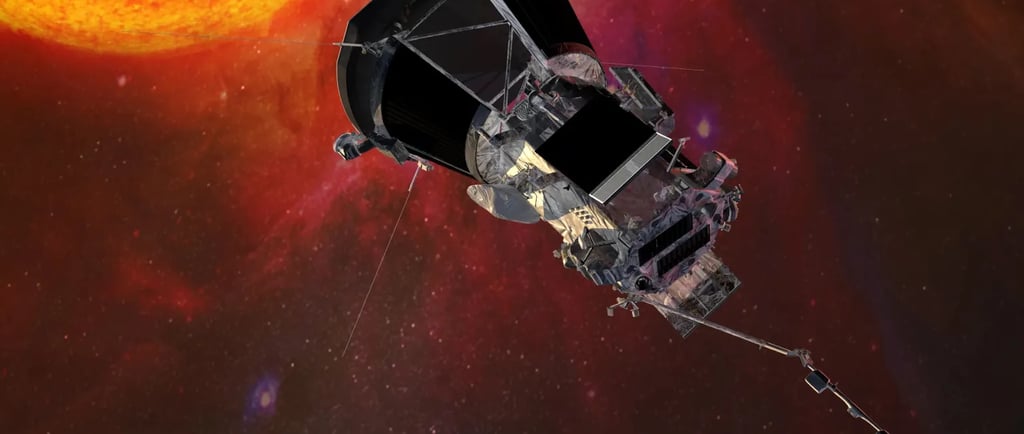NASA’s Rossi X-Ray Timing Explorer


Introduction to RXTE
The Rossi X-ray Timing Explorer (RXTE) was a revolutionary satellite launched by NASA in 1995. It was designed specifically to investigate the most extreme environments in the universe, particularly those surrounding black holes, neutron stars, white dwarfs, and other celestial objects that emit X-rays. Throughout its operational life, RXTE collected invaluable data that has contributed significantly to our understanding of high-energy astrophysics.
Understanding Extreme Cosmic Phenomena
One of the defining features of RXTE was its ability to observe variability in the light emitted by X-ray sources. This capability allowed scientists to analyze how these cosmic objects react under various conditions, providing insights into the dynamics of gravity and matter in extreme settings. The satellite proved instrumental in observing black holes, which are regions in space where the gravitational pull is so strong that nothing, not even light, can escape. The data collected from various neutron stars offered crucial information about their behavior and physical properties, greatly enhancing the scientific community's knowledge of stellar evolution.
The Impact of RXTE on Astrophysics
Throughout its nearly 16 years in operation, RXTE paved the way for a plethora of discoveries and established itself as a cornerstone of space-based observatories. The satellite's unique ability to monitor changes in X-ray brightness with high precision has allowed astrophysicists to explore the very nature of black holes and neutron stars, shedding light on their formation and evolution. Studying systems with white dwarfs and other x-ray emitting cosmic objects have also advanced the understanding of stellar lifecycle and matter under extreme conditions.
Moreover, the data gathered by RXTE has provided a crucial link between theoretical models and observational evidence. Scientists were able to refine their models of how matter behaves in the gravitational fields created by such extreme entities, bridging gaps that were previously difficult to comprehend. As a result, RXTE not only enhanced the collective understanding of high-energy astrophysics but also set the stage for future missions and explorations in understanding our universe.
Conclusion
The legacy of NASA's RXTE extends beyond the data it collected; it ignited a greater interest in the field of astrophysics and established a framework for future explorations. Though the satellite ceased operations in 2012, the impact of its findings continues to resonate in ongoing research. RXTE's contributions to our understanding of black holes, neutron stars, white dwarfs, and other x-ray emitting cosmic objects remain foundational to the quest unraveling the mysteries of the universe.
